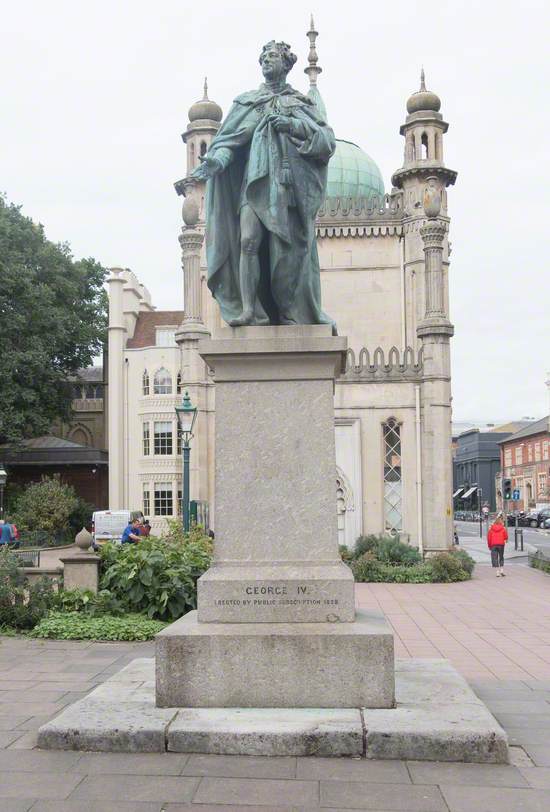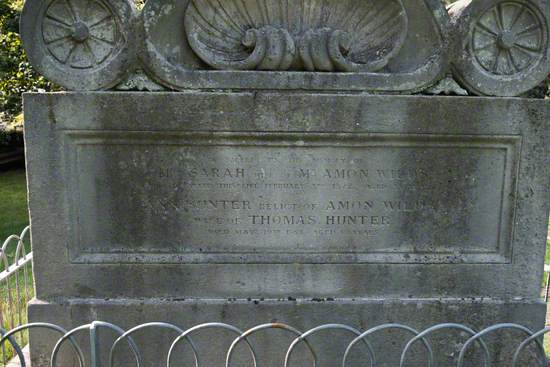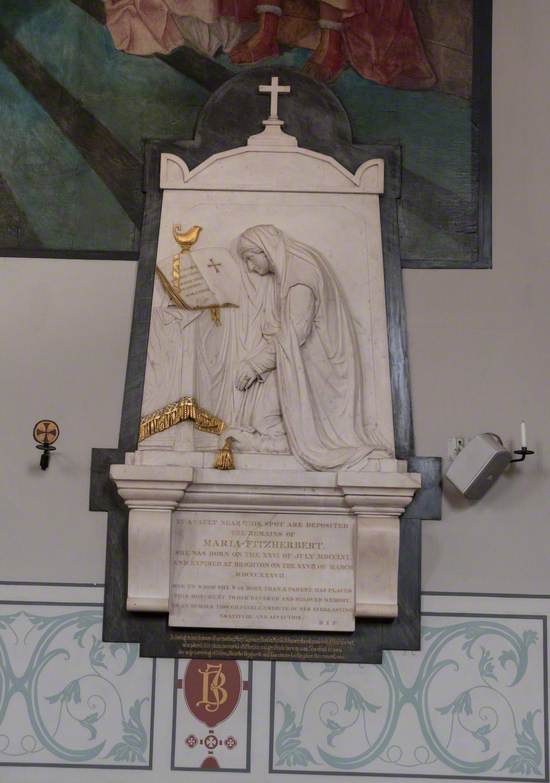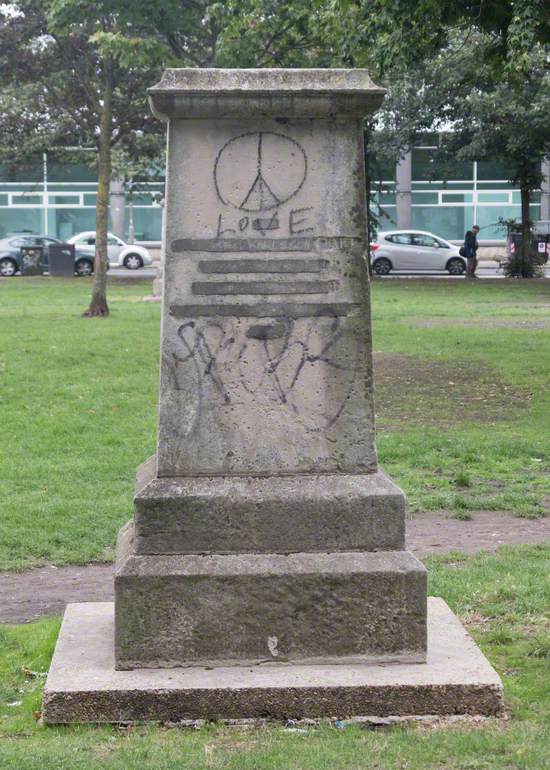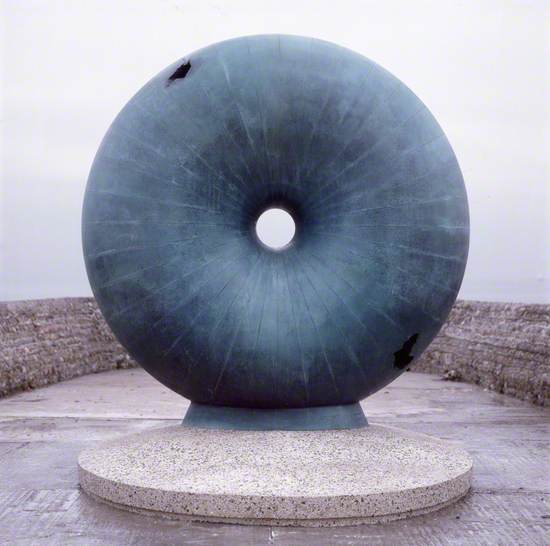This sculpture trail is organised in chronological order, and highlights some of the fascinating characters and places that have transformed Brighton from the small fishing village of Brighthelmstone into Royal residence, bustling, important city, and popular seaside holiday destination.
The trail is easily walked and you will see many of Brighton’s famous buildings and attractions along the way.
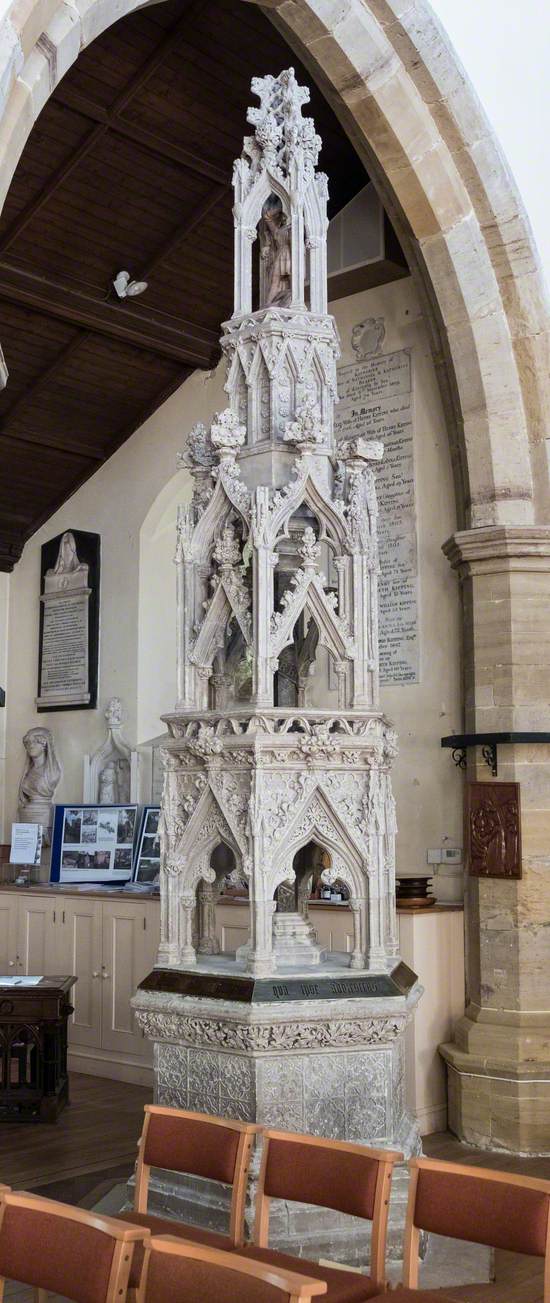
Photo credit: Lawrence Suss / Art UK
Memorial to the Duke of Wellington
1853–1854
Richard Cromwell Carpenter and John Birnie Philip (1824–1875) and Robert Bushby (active 1853–1854)
Stone
H 563 cm
A duke and a famous cross-dresser
St Nicholas of Myra is the ancient mother church of Brighton, and is the town’s oldest surviving building. Arthur Wellesley, 1st Duke of Wellington, worshipped there as a child in the 1780s. An accomplished military figure, Wellington served twice as Prime Minister but is mostly lauded for his victory against Napoleon at Waterloo in 1815. By the time of his death in 1852, the church had become dilapidated so, using the historical connection, a fund was started to rebuild it as a memorial to the Duke, including the Eleanor Cross styled monument inside. The churchyard famously also contains the grave of Phoebe Hessel, who disguised herself as a man in order to join the army and be with her lover. Hessel served as a man for many years.
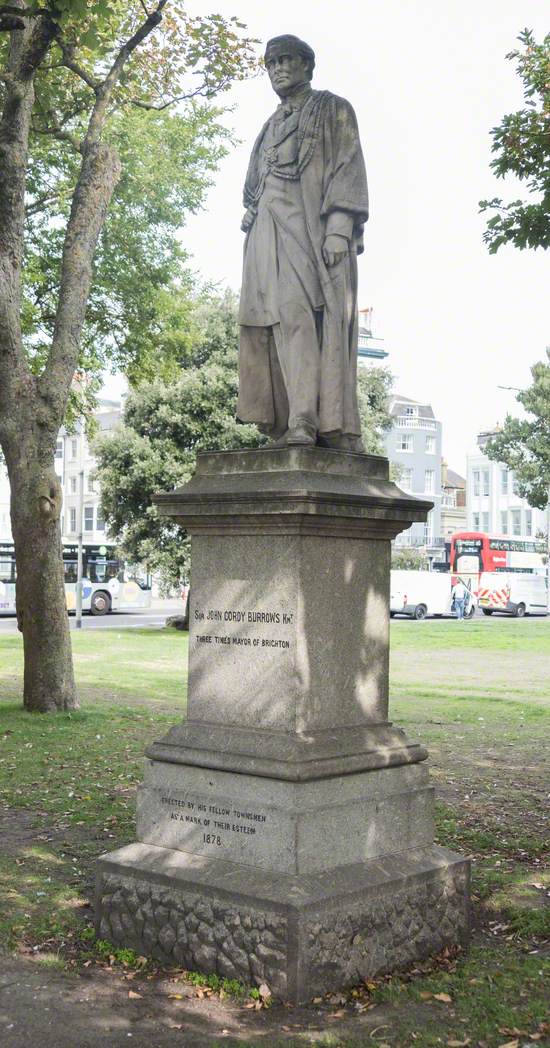
Photo credit: Lawrence Suss / Art UK
Sir John Cordy Burrows (1813–1876)
1878
Edward Bowring Stephens (1815–1882)
White Sicilian marble & grey granite
H 200 x W 65 x D 65 cm
‘King Cordy’, the philanthropic surgeon
John Cordy Burrows was originally a surgeon and lived and practised in Brighton from 1837. He was elected an Alderman to the first Borough Council in 1854, then Mayor in 1857, 1858 and 1871. He was also responsible for the selecting the town’s motto, ‘In Deo Fidemus’. A popular philanthropist he co-founded the Literary and Scientific Institution; founded the Working Men’s Institute, the Museum, Library and Picture Gallery, the Aquarium, and the Children’s Hospital. He also initiated plans for the Steine Fountain. Burrows was knighted in 1873. The unveiling of the statue was accompanied by a specially composed ode, performed by the Brighton Sacred Harmonic Society who had also carried out Sir John’s wish that they should sing over his grave.
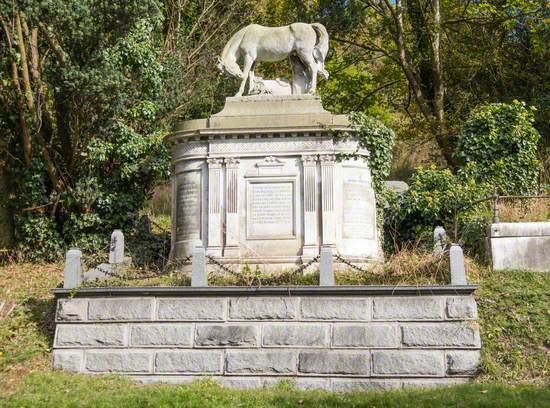
Photo credit: Lawrence Suss / Art UK
Monument to John Frederick Ginnett
c.1892
Edwin Roscoe Mullins (1848–1907)
Granite & Portland stone
H 115 x W 140 x D 65 cm
‘Roll up, roll up, for the greatest show on Earth!’
John Frederick Ginnet gave his first performance in Brighton, as a child, for William IV and Queen Charlotte. Billed as the ‘Infant Ginnet’, he was later regarded as one of the best horsemen in the circus industry. Ginnet moved to Brighton permanently around 1876. His son, Louis, later taught at Brighton College of Art in Grand Parade. Ginnet also built several permanent circus buildings in the town. The Circus Ginnet disbanded in the 1940s but around 20 years ago it was revived, and his descendants continue to work the circus today. The Extra-Mural Cemetery, opened in 1857, holds many monumental tombs of key figures important to the history of Brighton. There can be few tombs anywhere, though, that feature a full-size horse!
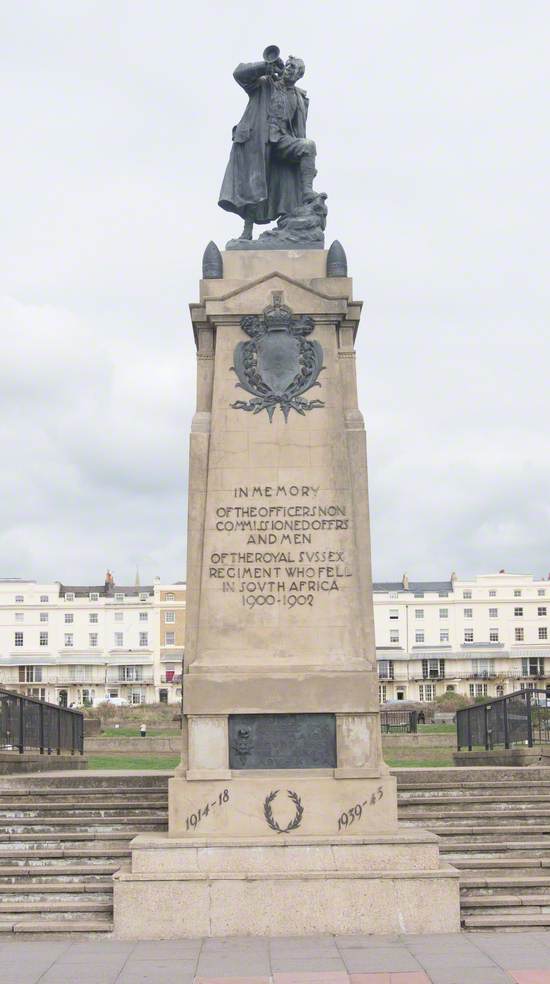
Photo credit: Lawrence Suss / Art UK
Royal Sussex Memorial – The Bugler
Charles Leonard Hartwell (1873–1951) and John William Simpson (1858–1933) and Walter Gilbert (1871–1946) and B. & W. Bennett
Bronze
H 365 cm
The bugler of Doornkop
The magnificent war memorial in Regency Square was erected to commemorate the 152 soldiers of the Royal Sussex Regiment who died between 1900 and 1902 in the Boer War. The bronze statue, modelled on a sergeant sounding the charge, is actually based on a real incident that took place during the South African campaign at Doornkop. The National Army Museum has, in its collection, a maquette for the statue by Hartwell. The memorial now faces the British Airways i360, a 162-metre observation tower.
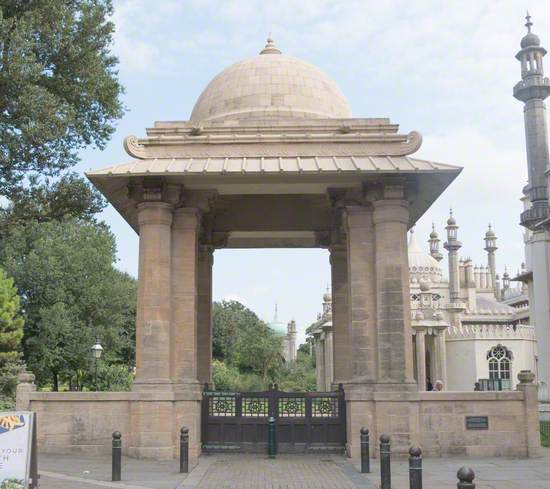
© the copyright holder. Photo credit: Lawrence Suss / Art UK
A First World War hospital and an annual place of pilgrimage
During the First World War, the magnificent Royal Pavilion was used as a hospital where thousands of injured soldiers from the Indian army convalesced. This gateway was given in thanks by the people of India and is dedicated to the inhabitants of Brighton. It was unveiled by the Maharaja of Patiala in 1921 and is in the style of sixteenth-century Gujerati buildings. Just outside Brighton stands the Chattri Memorial in memory of all Indian soldiers who died during the conflict, but particularly associated with the 53 Hindu and Sikh soldiers who died in Brighton and whose remains were cremated at this spot. There is an annual pilgrimage to the site on the second Sunday in June. On a fine day, the walk across the South Downs to this beautiful memorial is wonderful.
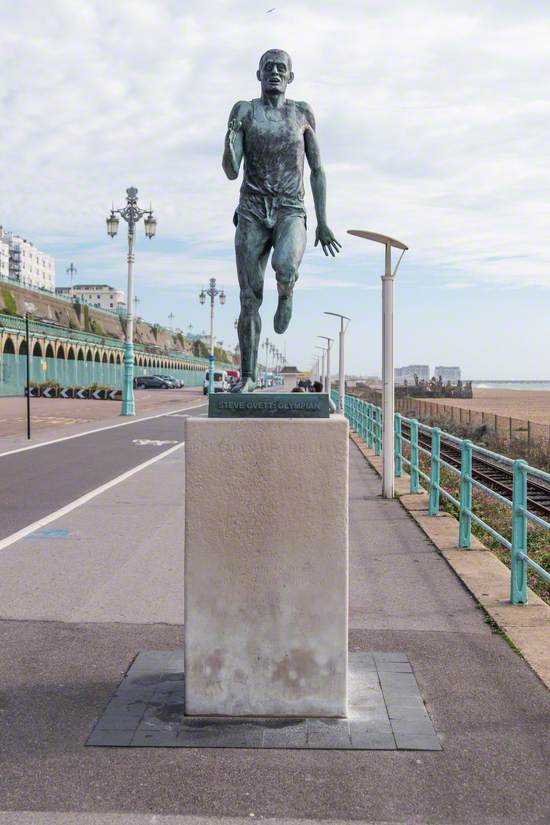
© the copyright holder. Photo credit: Lawrence Suss / Art UK
An Olympic champion and the metal thieves
Brighton has always been home to celebrities and sportsmen. The runner, Steve Ovett, was born and lived in the town. He competed in three Olympic Games and was the mile world-record holder several times. Many will be unaware that this statue on the seafront is not, in fact, the original. Erected in 1987, the first Ovett statue stood in Preston Park, where Ovett trained. At the time, it was the most expensive public sculpture in Brighton, costing private sponsors £25,000. Sawn off at the foot and stolen in September 2007, it was broken up into pieces by the thieves in an attempt to melt it down for scrap. There was no available mould to cast a replacement so a new statue was commissioned and placed in this more prominent position.
Explore artists in this Curation
View all 19-
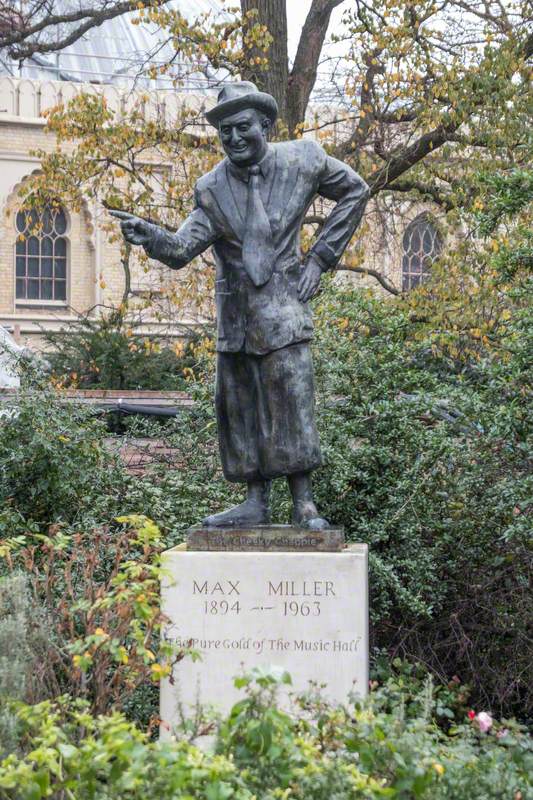 Peter Webster (b.1958)
Peter Webster (b.1958) -
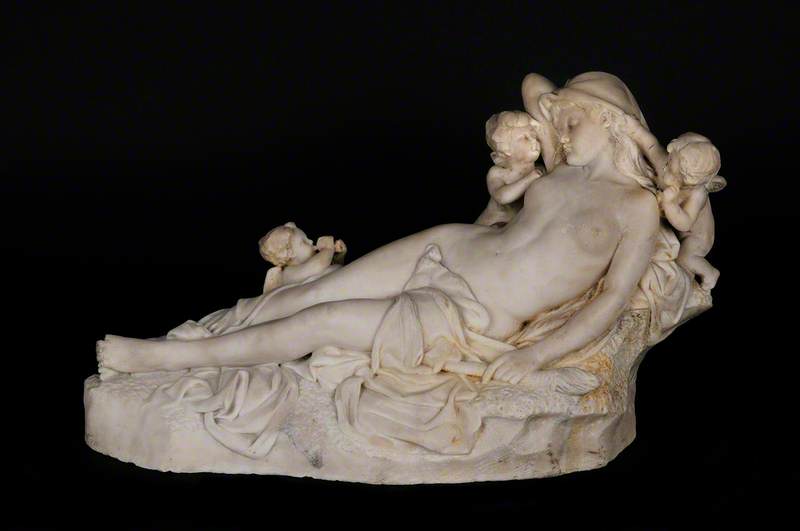 Edwin Roscoe Mullins (1848–1907)
Edwin Roscoe Mullins (1848–1907) -
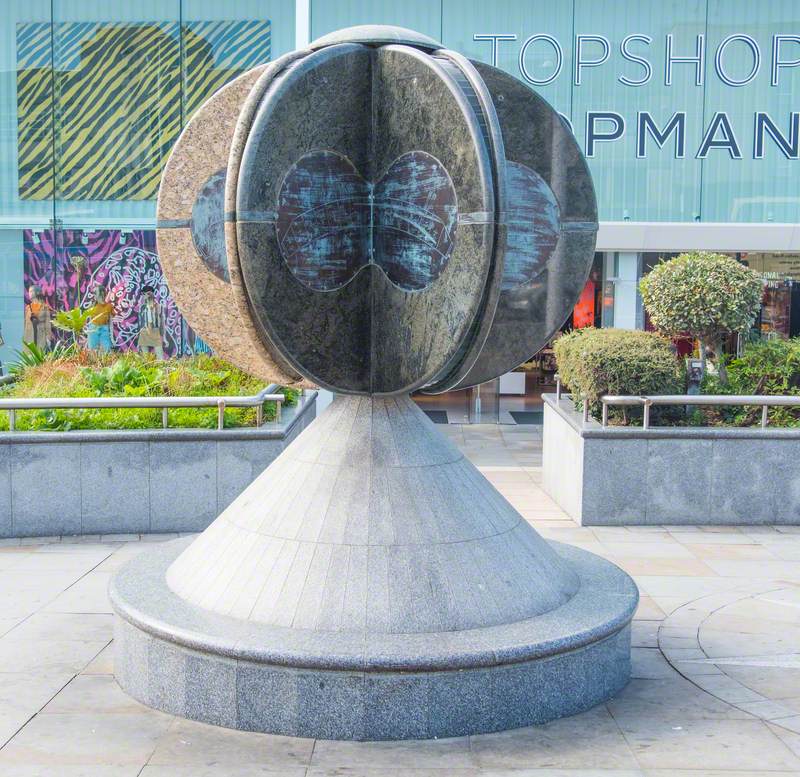 Capital Marble
Capital Marble -
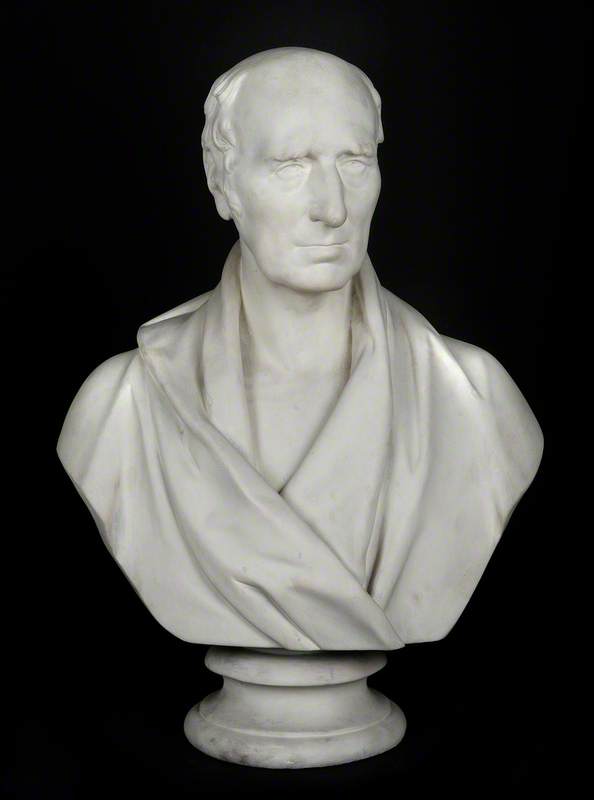 Francis Leggatt Chantrey (1781–1841)
Francis Leggatt Chantrey (1781–1841) -
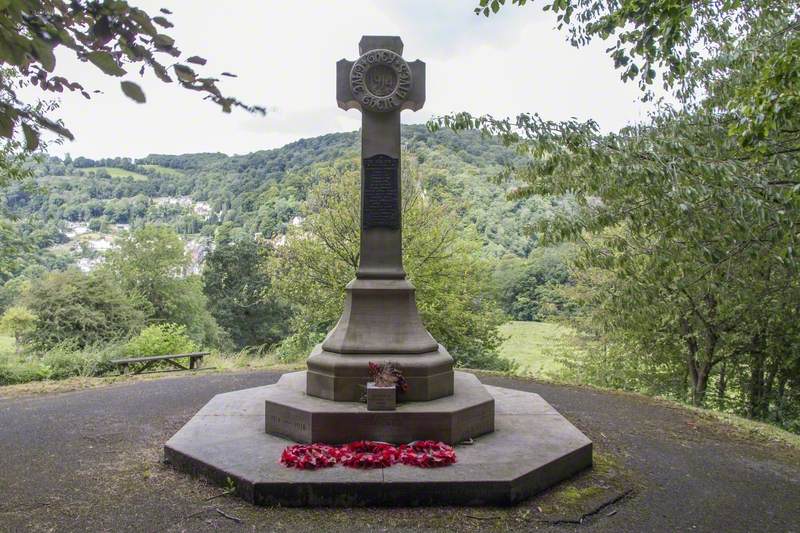 John William Simpson (1858–1933)
John William Simpson (1858–1933) -
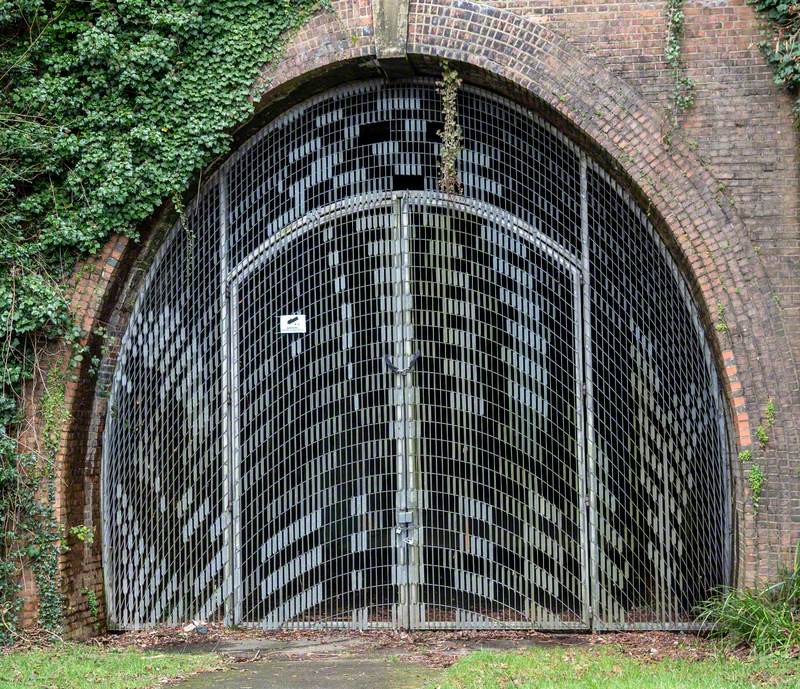 Hamish Black (b.1948)
Hamish Black (b.1948) -
 Charlie Hooker (b.1953)
Charlie Hooker (b.1953) -
 B. & W. Bennett
B. & W. Bennett -
 Thomas Tyrwhitt (1874–1956)
Thomas Tyrwhitt (1874–1956) -
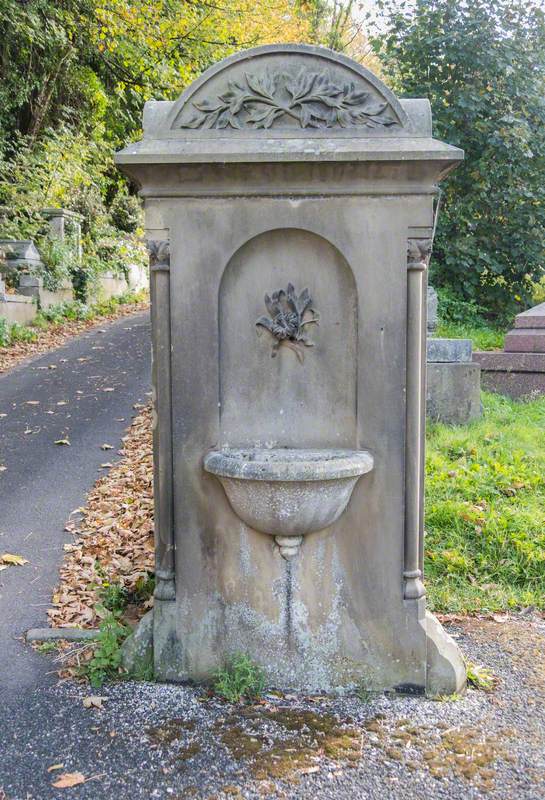 Amon Henry Wilds (1784/1790–1857)
Amon Henry Wilds (1784/1790–1857) - View all 19
